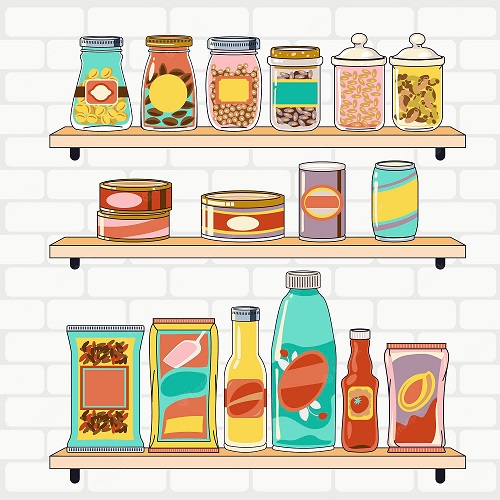
It’s easy to be caught up in the hype surrounding superfoods and the promises that the foods bring.
From my research, there’s is no official scientific definition of a superfood, but it’s generally accepted that superfoods have increased nutritional benefits that can help boost your health. Environmental pollution, poor diet, stress and illness affect our system so including a broad array of nutritional foods it is a great way of nurturing our bodies and saying ‘thank you’. Back in the day competing as a professional athlete led me to try all things weird and wonderful that may have given me the edge nutritionally wise. Some of these have stuck, while others have dwindled away, either from being too expensive to maintain, or the focus has shifted to the kids.
It is easy to muffle what our body is telling us when we’re not in tune or asking a lot of it. Give it nutrient dense, health-giving foods and you’ll be amazed by the difference in energy levels that you may have begun to think was unattainable
Personally, I prefer to eat whole foods than supplement my diet. There are a few I include in my day (plus in the kid’s lunchboxes), every daythat I have found helpful and lost without. These are simple to add to cereal and baking. These are some of the goodies that we keep stocked in the pantry and eat daily
Superfoods in Our House
Wheatgerm is the natural way to top up your diet if you’re feeling run down and weary as it offers almost all the B vitamins, vitamin E plus a good dose of antioxidants and minerals. Wheat germ is the small, nutrient-containing center of a wheat kernel, comprising only about 2.5% of the weight of the kernel, but packing a very beneficial list of attributes. It’s similar to taking a multi-B vitamin supplement but with overall more nutrients. We add to cereal, biscuits and smoothies.
Cinnamon controls blood sugar levels (controls sugar cravings) and may lower cholesterol. It has anti-inflammatory properties and helps with digestive problems. Studies also show that just by smelling cinnamon, it improves our memory, performance of certain tasks and sugary urges. I add the morish spice to biscuits, smoothies, enjoy chai teas and add to the girls yoghurt.
Brocolli is a dark leafy vegetable rich in Vitamins C and is full of vitamin E. This vegetable is a staple in our house and goes a long way when being added to pasta sauces, salads, and fritters. I love the hormone balancing benefits that brocolli provide and envisage the vegetable similar to a little broom, sweeping our livers of old recirculating estrogens. It these old hormones that throw our balance out of whack. Two important compounds are abundant in broccoli: diindolylmethane (DIM) and its precursor, indole-3-carbinol (I3C), both of which can have an impact on the metabolism of estrogens.
Chia Seeds Oh my, there isn’t a day that goes past where chia seeds aren’t used. The tasteless seed has outstanding fibre content plus a protein content that is said to be 5 times that of milk. Excellent for weight management, the chia seeds absorb many times their weight in water so chia seeds may help you feel more satisfied and less likely to eat too much.
Avocado/nuts/salmon – all full of natural fatty acids, which help us absorb certain nutrients, they are full of antioxidants with cancer-fighting qualities.
Yoghurt full of probiotics, look out for low sugar, plain greek or pot set yoghurts. Anything else can be claimed as a dairy dessert!
Oat bran is a soluble fibre, so it makes you feel fuller longer. The stickiness from the bran helps it pass through the small intestine as it collects toxins, heavy metals and what’s even more important on a weigh-loss diet, carbohydrates. Oats is another staple that I seem to be constantly buying due to the love affair we have with adding them to smoothies, cakes, bliss balls, biscuits and porridge.



